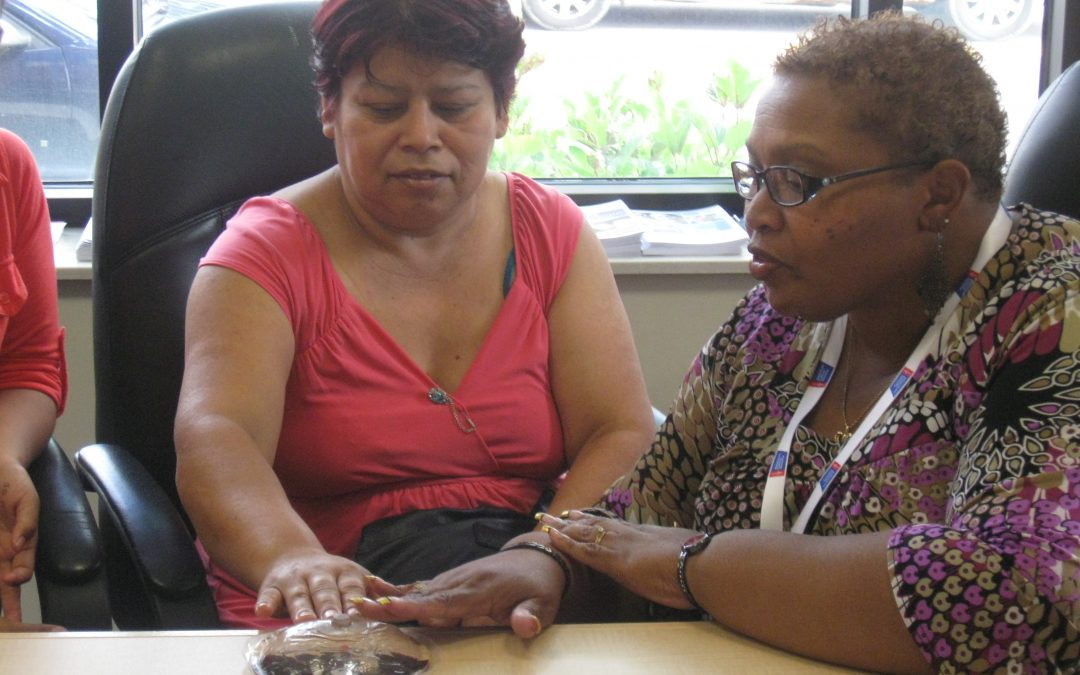By Bisrat Fekadu, MD
Immigrants are considered a vulnerable population in healthcare. There is a disparity in the proper use of healthcare resources for this group. Many factors contribute to this disparity: low health literacy, limited English proficiency, socioeconomic status, and immigration status to name a few. How do we bridge the gap? We start with the same way we address this for all Americans — health education.
My own family immigrated to America when I was one year old. Over the years, we had a learning curve to overcome with the healthcare system. We didn’t make it to our annual exams unless required by school (vaccinations), and most of our interactions with healthcare were for times we did not feel well. My parents were not being irresponsible, they were in a new country trying to provide for their family and simply did not realize the value of preventative medicine.
In Ethiopia (where my family is from), you only go to the doctor when you are very sick — too sick for home herbal remedies to help. When you are sick you have no choice but to pay attention to your health! Preventative medicine requires planning ahead, even thinking about your health when you are doing well. It is known around the world that America has an abundance of resources and doctors, but the idea of well-child visits and annual medical exams was new to us. It was strange to think we should go to the doctor when we were not sick. With that said, immigrants are not alone in this perception. Many of the hardworking farmers in rural Minnesota I met while studying medicine in Rochester, neglected preventative medicine. If a farmer came into clinic, there often would be a medical emergency to address.
Preventative medicine allows people to live longer, have a better quality of life as they age, and saves money by preventing health complications that lead to expensive hospital stays and costly medications. It also allows for opportunities for health care professionals to teach people about their bodies and their health. For example, cervical cancer is the leading cancer cause of death around the world, yet in the United States it has one of the lowest mortality rates among all cancers. The reason for this is preventative medicine. A pap smear (cancer screening) detects early abnormalities of cervical cells, and then further testing and treatments can prevent cancer from developing. Now, we also have a newer prevention source – a vaccine against HPV, a virus that causes cervical cancer.
One of the great advantages of having a healthcare system with primary care doctors is the ease of access to preventative medicine. Check-ups (often called complete physical exams) with a healthcare provider can help prevent diseases in healthy individuals and can detect abnormalities that can put one at risk for more significant health issues in the future. High blood pressure usually doesn’t have any symptoms, but treating high blood pressure is very important as this reduces the risk of heart attacks and strokes in the future.
As part of the Affordable Care Act, preventative health care, including exams, vaccines, and cancer screenings, are covered by insurance.
Regardless of your background, everyone should take advantage of the amazing benefits that preventative medicine provides. You should establish care at a primary care clinic, whether it be your first time to the doctor or years since your last visit, and ask your healthcare provider what you can do to spring forward in your future health. Here are a few recommendations you may have already heard that will give you a good start at springing your health forward and invest in your future self:
1. See your doctor regularly
2. Eat a proper balanced diet
3. Get active at least three times a week
4. Do not smoke or use tobacco products
Resources:
Immigrants and Health Care: Sources of Vulnerability Derose et. al., Healthaffairs.org,
Preventative Health Care Helps Everyone, World Research Foundation

